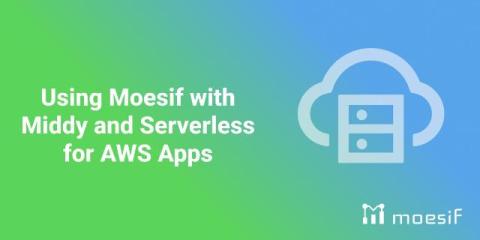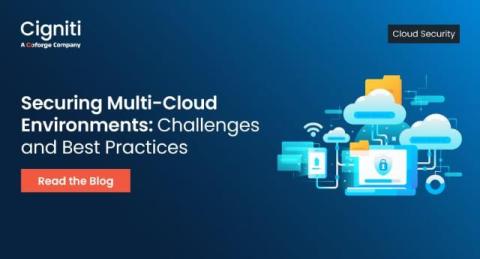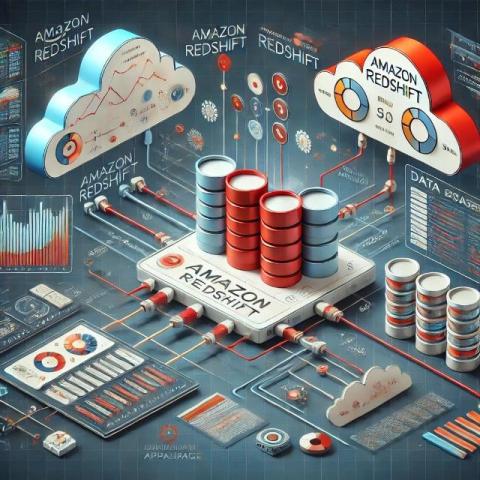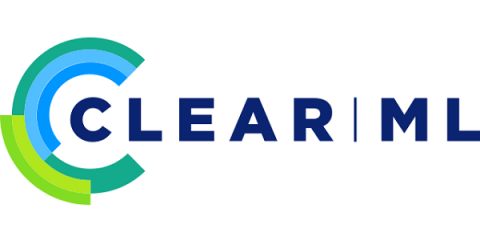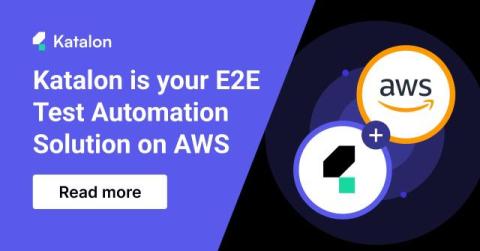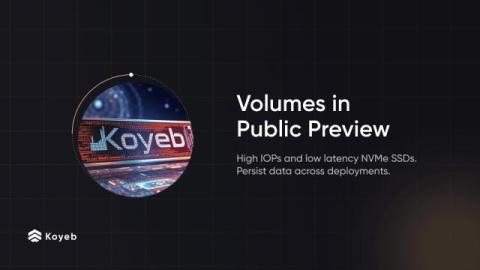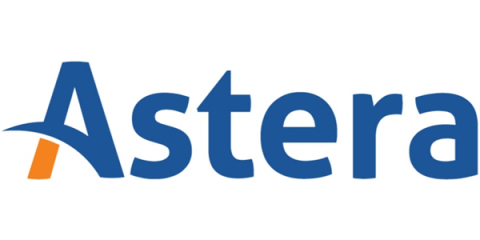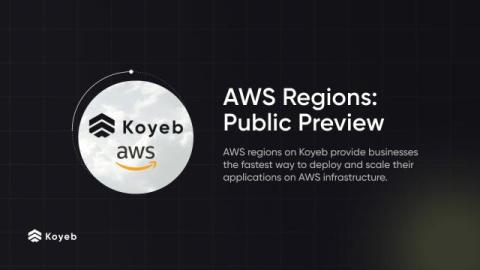Using Moesif with Middy and Serverless for AWS Apps
See the GitHub repository for the source code of this article’s example project. Serverless is a popular framework to build serverless apps using AWS Lambda on the Node.js runtime. Serverless automatically orchestrates necessary resources on AWS and can scaffold a basic project for you that you can build up on. You can solely focus on your application’s core logic, development, and your Lambda functions.


